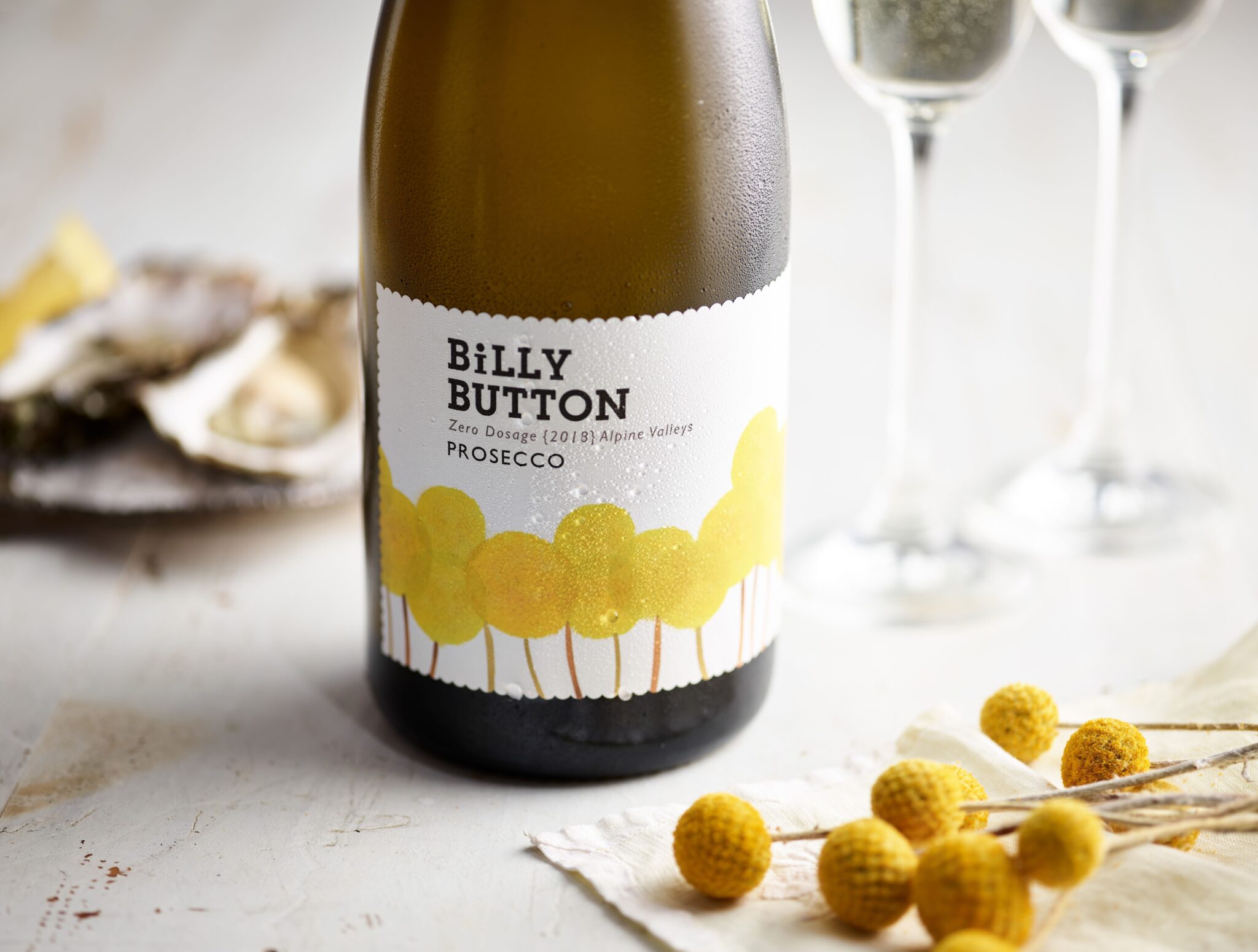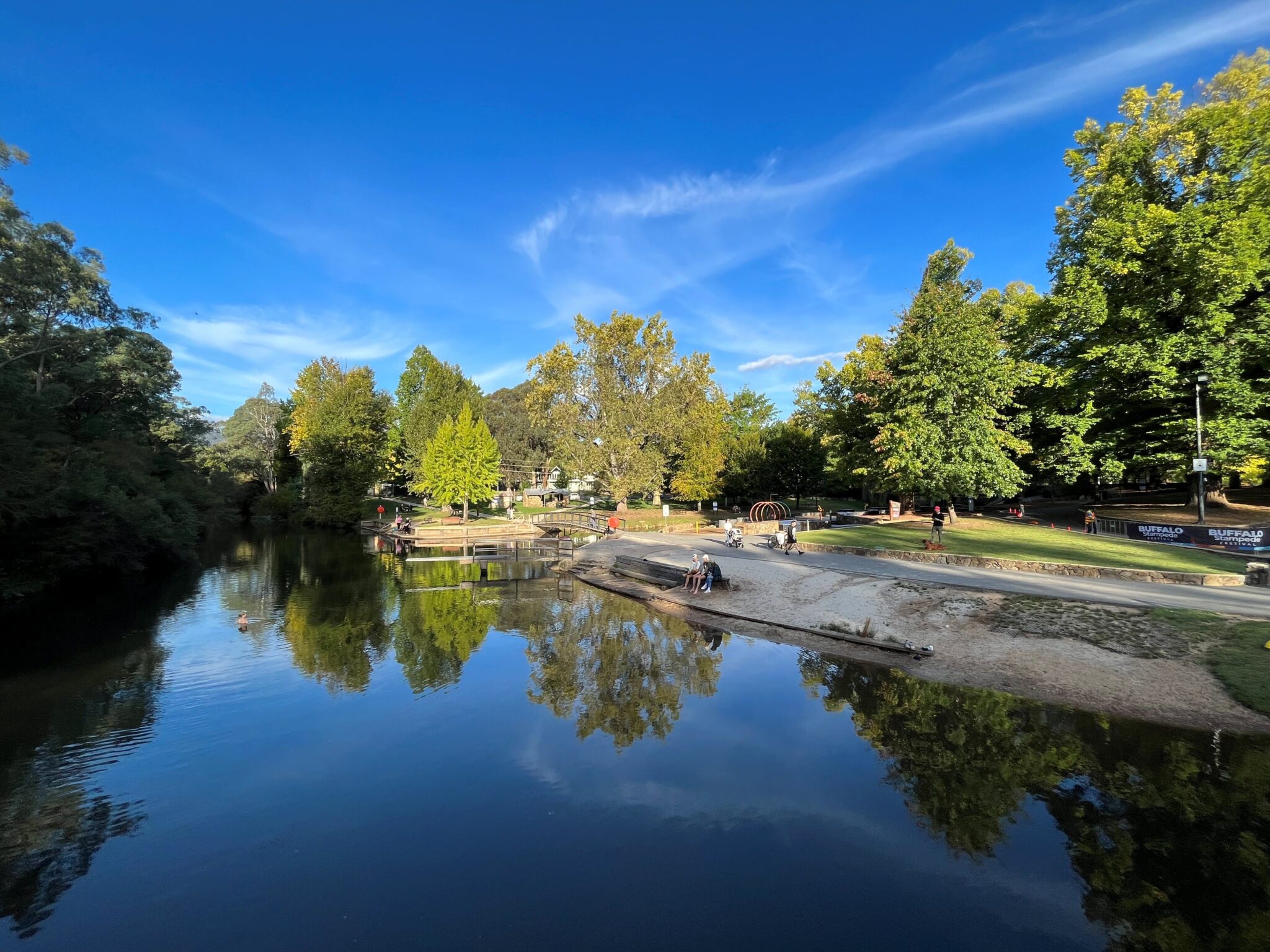Smoke Taint in Wine
Like many regions in south east Australia we have and are experiencing very high levels of smoke from nearby bushfires. Unfortunately, smoke contains many compounds that can taint wine.
Over the last two decades winemakers have learnt a lot about the complex chemistry of smoke and the impact it can have on grapes and the wines produced from affected grapes.
What is smoke taint?
Smoke taint in wine doesn’t compare to the immediate danger that wildfires pose to lives and homes, as well as vineyards, but its potential to cause problems in the winemaking process has increasingly become a real talking point among Australian winemakers. When vineyards and grapes are exposed to smoke the result can be wines with undesirable sensory characters, such as smoky, burnt, ashy or medicinal, usually described as ‘smoke tainted’.
How does smoke effect grapes?
Grapes absorb many chemical compounds in smoke through their skins, the level of the contamination depends on the following:
- Vineyard proximity to the actual fire (smoke age)
- The duration of the smoke in the vineyard
- The ripening stage of the actual grapes
- Grapevine variety (susceptibility to taint is variety dependant)
Grapes absorb more smoke compounds during and after ‘veraison’. This term refers to the stage of development when the grapes begin to soften, accumulate sugars and change colour. Research has shown that tolerances of smoke compounds at this stage is very low. The grapes in the Alpine Valleys have not yet reached veraison, so it is too early to make a scientific judgement on whether or to what extent our grapes have been tainted.
Listen to our winemaker Jo marsh talk through the impact of smoke taint on the vines.
Does smoke taint affect red and whites wines differently?
Red wines are more affected than white wines due to the differences in the winemaking process. Reds are made by fermenting the juice with the pulp and skins present, this extracts the colour and tannins that we expect in red wine. However, this also extracts many of the smoke compounds present!
In contrast, white grapes are usually pressed off from the skins straight away and only the clear juice fermented into wine. This means there is less potential for the smoke compounds to be extracted into the juice.
What can winemakers do to reduce the effects of smoke taint?
There are techniques in the winery which we can use to minimise the potential extraction of smoke taint. These include:
- Hand picking the grapes
- Cooling the grapes down in temperature
- More gentle juice extraction (less juice pressing)
- In the case of red winemaking, shorter ferment time with extremely gentle cap management
What does smoke-tainted wine taste like?
Drinking smoke-tainted wines is very unpleasant. The wines can smell and taste like campfire, chemical like or even ashtray depending on the types of compounds present. The wines also taste very dry, dusty and can be quite bitter or acrid at the extreme level.
Can smoke taint be removed?
Removal of smoke taint using Reverse Osmosis membrane technology has been used in the winemaking industry. In our experience, it’s not an effective tool and the complex chemistry of smoke interactions with grape and wine compounds make it difficult to rely on. There are new techniques involving polymers and yeast extracts, but these are still in development.
What does this mean for vintage 2020?
The longer smoke is present in the environment as the grapevines start veraison, the greater the possibility of a significant impact on vintage 2020 in the Alpine Valleys. Currently, the prospects do not look good. The best-case scenario is a reduced intake from the vines. The worst-case scenario is no vintage at all for this region.
However, we still don’t know how this story will end. There is rain forecast for later this week, which is promising. If this quells the fires, some varieties may be only lightly affected or not at all. Ripening is happening late this year in the Alpine Valleys, which gives us a glimmer of hope. Once the smoke has cleared and veraison completed, testing can commence, and vintage decisions decided upon.
We are so lucky that our staff and cellar door have remained out of harms way. It’s in the hands of Mother Nature and we are all hoping for the best for our growers, wine and beloved home in the Alpine Valleys.
Image from Facebook: CFA/Jacob Carracher




